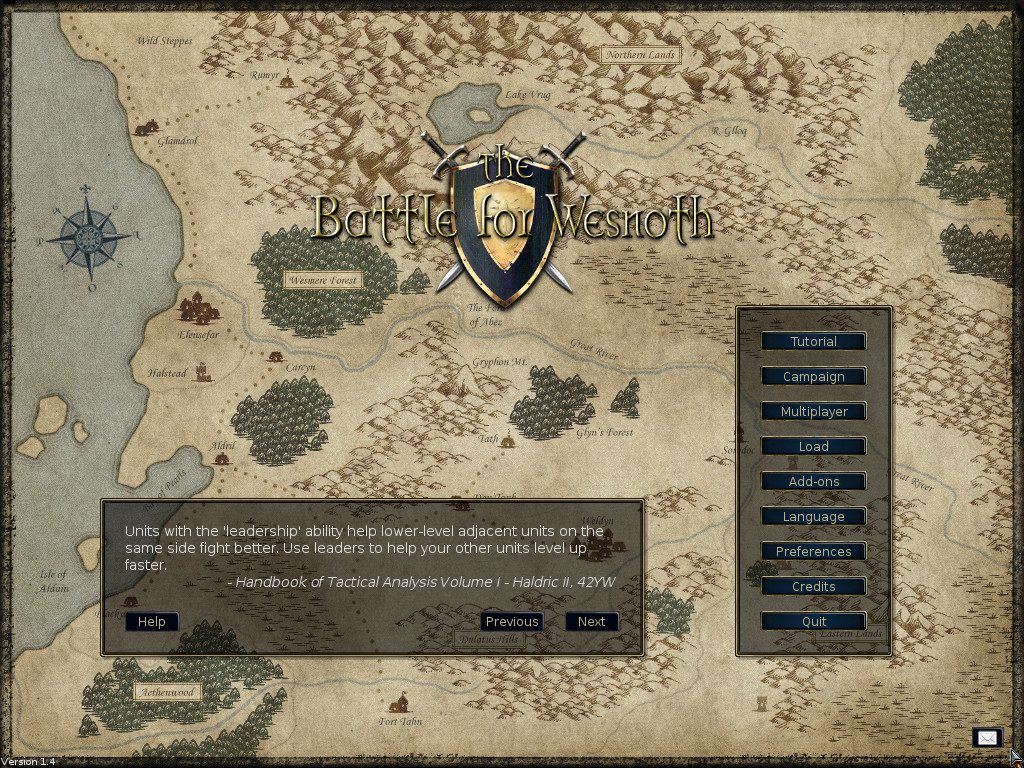 I have been out of town lately; so, not a whole lot has been accomplished on the BerkeleyLUG front in the last few weeks. I hope to push things further along in the next few weeks.
I have been out of town lately; so, not a whole lot has been accomplished on the BerkeleyLUG front in the last few weeks. I hope to push things further along in the next few weeks.
I thought I’d kick things off a bit with a new post about an awesome (and fairly new) program/service for linux called Dropbox.
If you are like me, you have several computers that you use on a regular basis. A desktop/server, a laptop, a netbook and a work computer. It is annoying to have to manually sync files between them by email/flash-drive/ssh etc… For example, I am often working on a paper at work and want to continue working on it home. Or, I want my pictures to show up on all my computers when I get them off of my camera. Same thing for my music, when I buy it (DRM free from AmazonMP3 or Emusic). For the longest time, I was using rsync to satisfy my syncing needs. Now, don’t get me wrong, rsync is awesome, but it is less than seemless. At best I need to click an icon that launches a script to do the sync. However, dropbox is seemless. It comes as an extension to nautilus and creates a folder called “Dropbox” in your home directory. Everything you put in that folder is automatically synced to your private webspace and your other computers. It all happens in about 5 seconds.
For free, you can sync up to 2GB of of space, and, for a small monthly fee, (which I updated for after testing it for a few days) you can sync up to 50GB. The program itself is opensource; you are paying for the webspace and bandwidth.
The way I use to sync most of my home director is to have most of my directories located in ~/Dropbox which I symlink to ~/ – the ones that aren’t symlinked are the ones I don’t want synced. I recommend everyone check this out if you have multiple computers. The program is awesome, the devs love linux/opensource and are open to suggestions and are extremely active. A new test version hits the forums several times a week.

